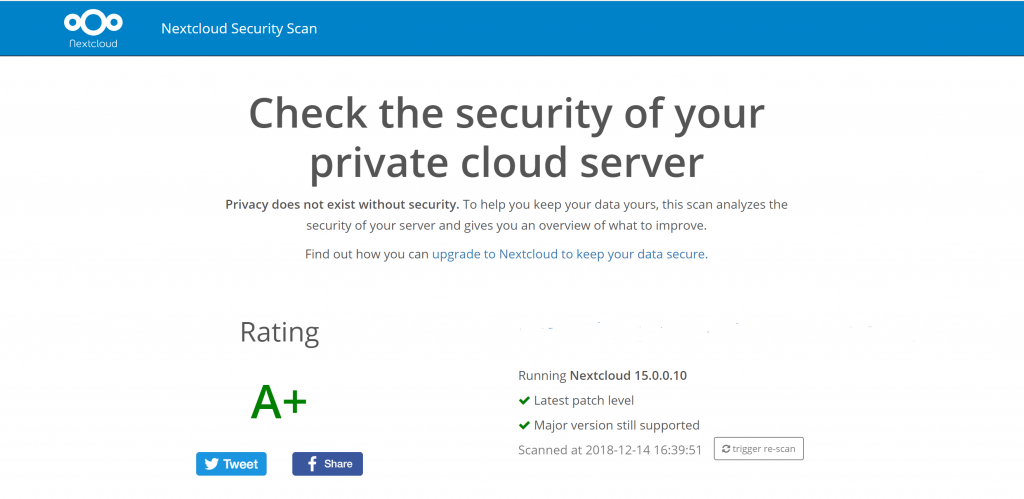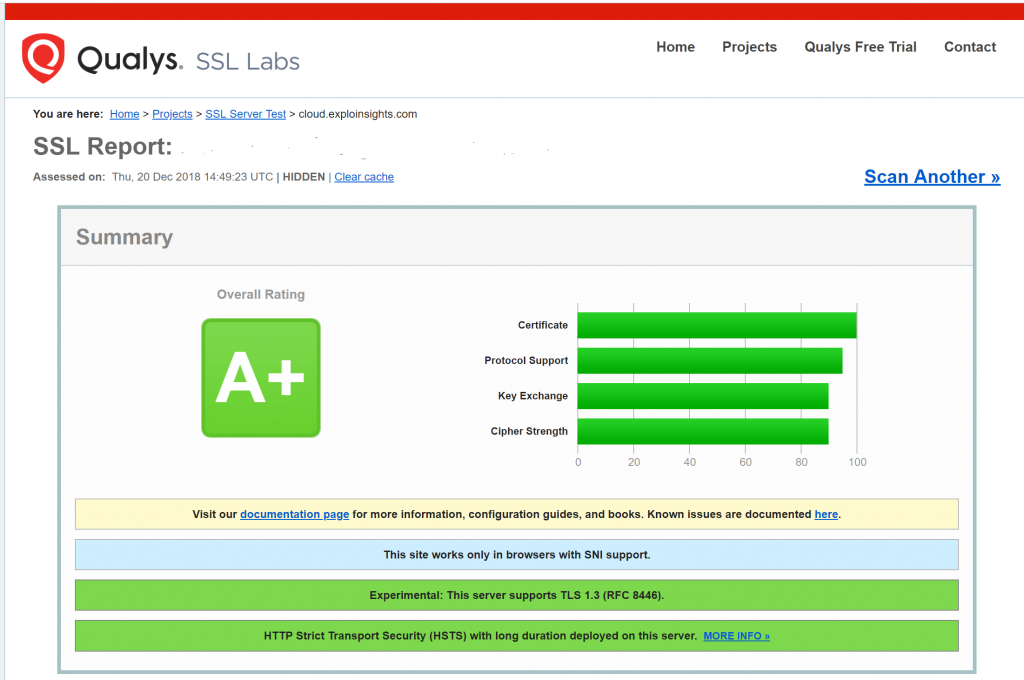Well we got on the Nextcloud 15 release quickly and have created our first networked Nextcloud server instances. These are still a development effort – not yet good enough for Production use, but maybe after a patch or two they will be.
Our NEW configuration involves several simultaneous networked Nextcloud installs, so we have built-in server-independant redundancy. If any one instance goes down, the others are ready to take up the slack.
This is the first time we have tried a configuration like this, and it’s really just a step on the journey for a more robust system that has better Operational Continuity.
We have servers that will, once the configuration is complete, be operated in different geographical locations to provide for power-outage or an even more catastrophic event at any one location (think meteorite hitting the office…). And we have tried to make this client-invisible: we have done this by configuring EACH server with basically two SSL certs – one of which is a unique server-specific SSL, the other is an SSL shared by all servers:
server 1 www.server1.com and cloud.server.com
server2 www.server2.com and cloud.server.com
server3 www.server3.com and cloud.server.com
The servers are sync’d via our sftp installations, which is the heart of our cloud file access system. A file can be changed either via the web portal or via an sftp connection, and the file changes are propagated quickly to each of the Networked servers. This gives each server a copy of the files – AND the revised files. That in itself provides a back-up capability, but that’s not what we did this for:
The primary cloud.server.com is IP configured at our DNS server (we use google’s service) and if the current live ‘cloud.server.com’ site goes down (power cut, malfunction, theft, fire or famine…etc.), we can redirect the DNS server and change the IP address to the next server. This takes a little time for now (it’s a manual change at the google DNS server for now) but what it does allow is for us to provide a file link from cloud.server.com and it will work at any/all of servers 1, 2 or 3 user-transparently. This is still a bit fiddly and we know we really need to do more, but it’s a start.
Ultimately we want to automate this a lot more (having to change a DNS record requres human intervention – an automatic weak-link). But for now, it should give us somewhat improved operational continuity when we get our next major outage at one of the server locations.
Nextcloud’s server installation probing seems happy with our configuration:

This was welcome, as the installation process has changed from prior versions.
And SSL labs is OK with our HTTPS configuration too (and yes, we note that TLS 1.1 is still enabled – we have not yet pulled the trigger on that one, but we are likely too once we are sure it won’t impact our customers):

We have a lot of work to do before we can launch this new configuration for Production, but hopefully this won’t take too long.
Nextcloud 15 has a lot of life in it, so hopefully this will allow us to find the time to further strengthen our Operational Continuity further. But this is not a bad start. 🙂

